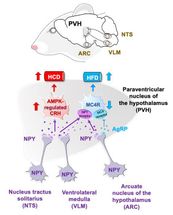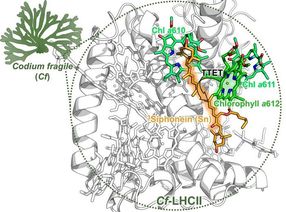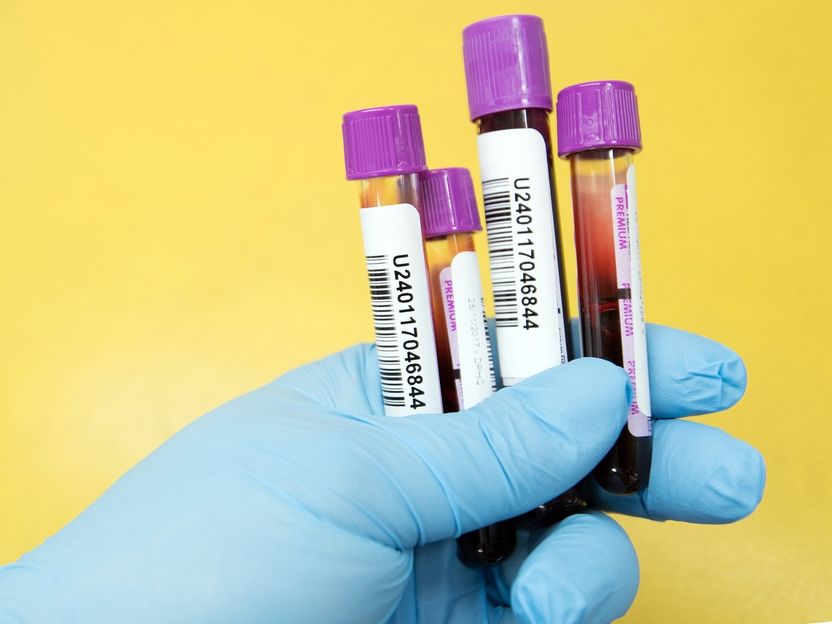Oxford Nanopore Announces Licence Agreement with Harvard University for Graphene DNA sequencing
Advertisement
Oxford Nanopore Technologies Ltd announced an exclusive agreement with Harvard University's Office of Technology Development for the development of graphene for DNA sequencing. Graphene is a robust, single atom thick ‘honeycomb’ lattice of carbon with high electrical conductivity. These properties make it an ideal material for high resolution, nanopore-based sequencing of single DNA molecules.
Under the terms of the agreement, Oxford Nanopore has exclusive rights to develop and commercialize methods for the use of graphene for the analysis of DNA and RNA, developed in the Harvard laboratories of Professors Jene Golovchenko, Daniel Branton, and Charles Lieber. The agreement adds to an existing collaboration between Oxford Nanopore and Harvard that spans basic methods of nanopore sensing through to the use of solid-state nanopores. Oxford Nanopore will also continue to support fundamental nanopore research at Harvard.
“Graphene is emerging as a wonder material for the 21st century and recent research has shown that it has transformative potential in DNA sequencing.” said Dr Gordon Sanghera, CEO of Oxford Nanopore Technologies. “The groundbreaking research at Harvard lays the foundation for the development of a novel solid-state DNA sequencing device. We are proud to partner with the research team that pioneered early nanopore discoveries and continues to break boundaries with new materials and techniques.
In a landmark 2010 Nature publication the Harvard team and collaborators used graphene to separate two chambers containing ionic solutions, and created a hole - a nanopore – in the graphene. The group demonstrated that the graphene nanopore could be used as a trans-electrode, measuring a current flowing through the nanopore between two chambers. The trans-electrode was used to measure variations in the current as a single molecule of DNA was passed through the nanopore. This resulted in a characteristic electrical signal that reflected the size and conformation of the DNA molecule.
Nanopore techniques aim to improve substantially the cost, power and complexity of DNA sequencing. While first generation technologies in development at Oxford Nanopore use nanopores made by porous proteins, subsequent generations will use synthetic ‘solid-state’ materials such as silicon nitride. However, at this time challenges remain in industrial fabrication of synthetic nanopores with the required dimensions and electronic properties. Graphene offers a potential solution due to its strength, dimensions, electrical properties and future potential for low-cost manufacturing.

























































